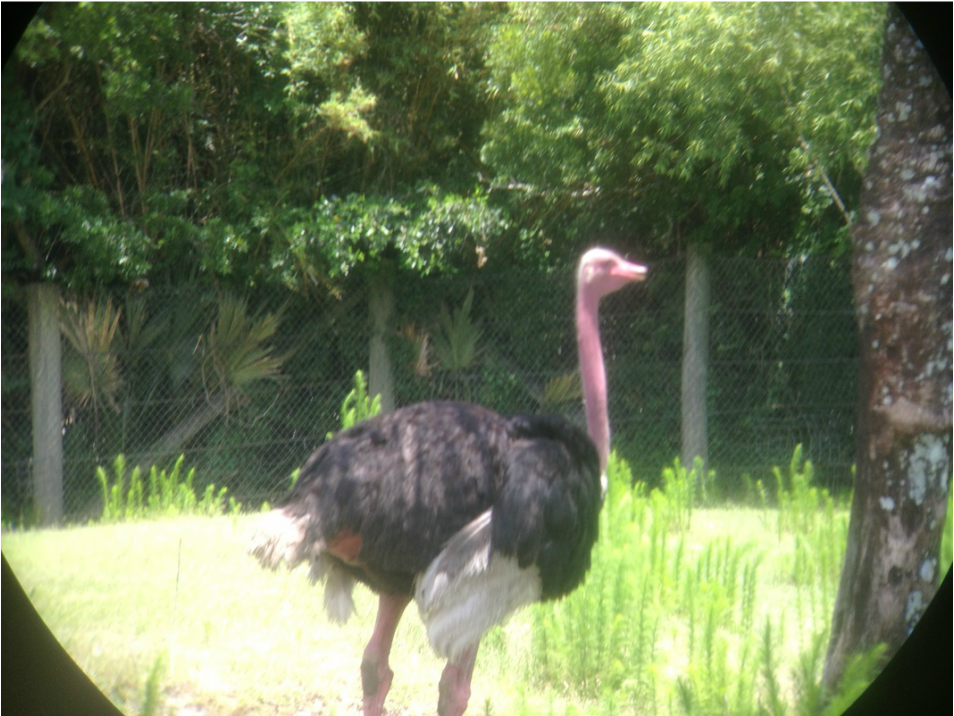Ostrich Struthio camelus
|
Range: Sub -Saharan Africa and Asia
Size: ♂: 2.1-2.8 m ( 7-9 ft) ♀: 1.5-2.0 m (5.5-6.5 ft) Weight :♂:115-158 kg ( 254-346 lbs) ♀ : 100-110 kg (220-245 lbs) Wing: 2 m (6.6 ft) Habitat: semi-arid grasslands Incubation: 35-45 days Eggs: 1 Fledge: n/a Sexual maturity: 2-4 years Nest: communal pit Social: groups up to 50 Breeding: polygenous Movement: nomadic Food: grass, seed invertebrates IUCN: least concern Subspecies : 4 Longevity: captive: 22 yrs Wild: |
The largest of all living birds the Ostrr\ich can reach the height of nine feet and weigh over three hundred pounds. There are four living subspecies with a fifth , the Arabian Ostrich going extinct in the 1960's.
Being flightless the ostrich has adapted for life on the ground. It is the fastest running bird in the world reaching speeds of up to 45 mph. Although its first defense is to run away the ostrich can defend itself with a powerful kick.keen eyesight and hearing help the ostrich detect potential predators. Ostriches are nomadic following the rains. During much of the year they are either solitary or in pairs during the breeding season flocks can reach up to fifty individuals. The male will breed with multiple females in his harem usually two to four. The dominant female will lay her egg first in a shallow nest dug on the ground. |

